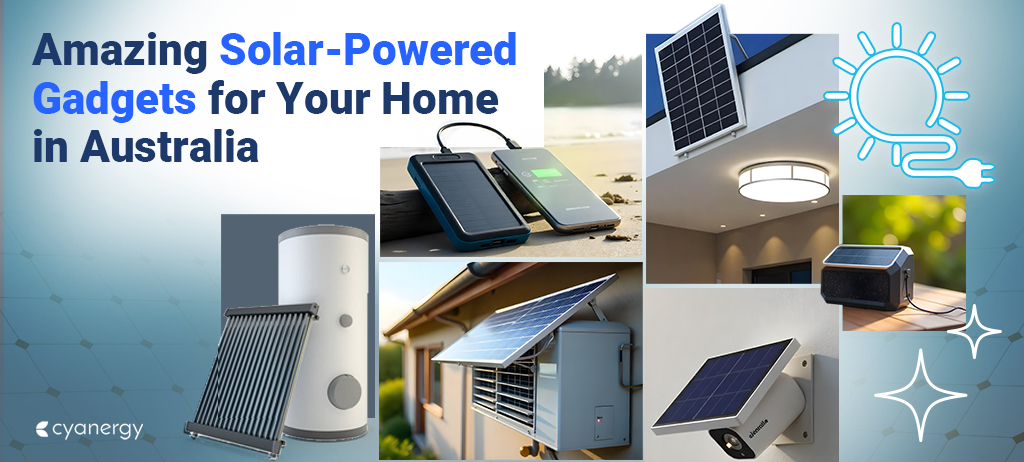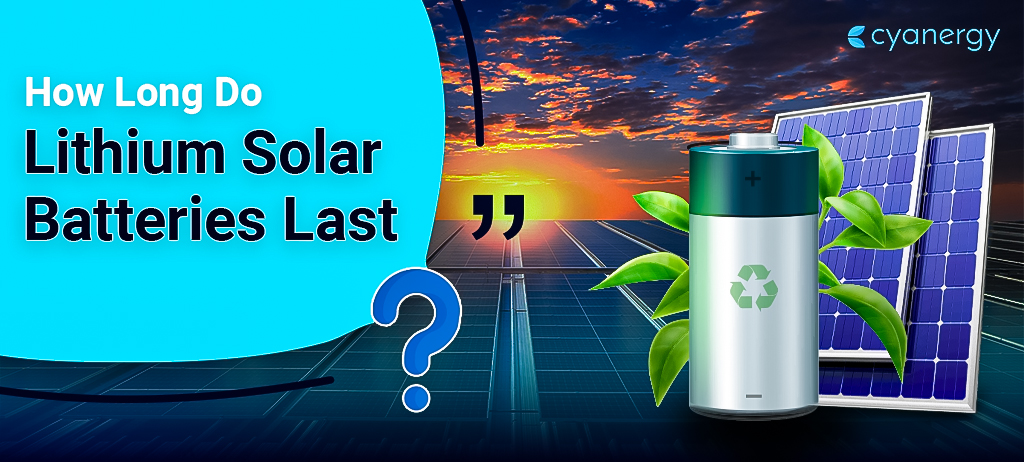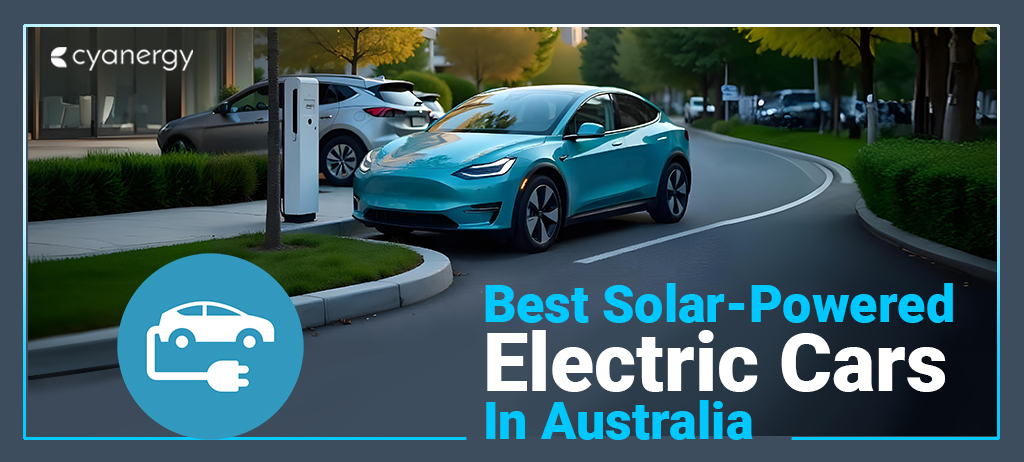Gas is a crucial energy source for many people in Victoria. Even though Victoria produces more gas than it uses, gas is getting more expensive.
Hence, the government introduced Victoria’s gas substitution roadmap to lower bills. This gas substitution roadmap encompasses many energy-related details. Today, we will try to cover everything you need to know.
The roadmap was mainly introduced because more gas is being exported to other parts of the country, which creates more competition for the gas Victorians need. Recently, disruptions in international supply have also contributed to the price increase.
In the last three years, many Victorians have increased their gas bills. The connection to international gas prices influences this rise in prices. Global events will keep pushing gas prices higher.
What is the Gas Substitution Roadmap?
The Roadmap outlined a pathway for Victoria to reduce its reliance on fossil gas while maintaining reliable supply and keeping downward pressure on prices.
It relies on investment in energy efficiency and electrification to replace gas where electric alternatives are readily available, particularly in residential and
The Roadmap is also a plan to reduce reliance on natural gas and transition to cleaner energy sources.
The roadmap outlines strategies to increase energy efficiency, promote the use of electric appliances, and support the development of renewable energy alternatives. The goal is to cut greenhouse gas emissions, lower energy costs, and improve energy security for Victorians.
The Gas Substitution Roadmap is helping our state achieve net zero emissions while cutting energy bills and ensuring reliability.
The Roadmap outlines how we will use
- energy efficiency
- electrification
- renewable hydrogen
- biome thane
- to drive down bills and cut carbon emissions.
The roadmap Outlines a Comprehensive Approach to Achieving this Goal, including:
Promoting Energy Efficiency:
Electrification of Australia:
Boosting Renewable Energy:
Developing Hydrogen:
Policy and Regulatory Support:
It implements policies and regulations facilitating the transition from gas to renewable energy, including incentives for adopting new technologies and standards to ensure a smooth transition.
The Roadmap will help empower Victorian households and businesses to embrace sustainable alternatives to fossil gas and enhance access to an affordable, secure, reliable, and safe energy supply.
The roadmap aims to reduce greenhouse gas emissions, enhance energy security, and create new economic opportunities within the state. By transitioning away from natural gas, Victoria intends to meet its environmental goals and support a sustainable energy future.
Why do We Need to Phase Out from Fossil gas?
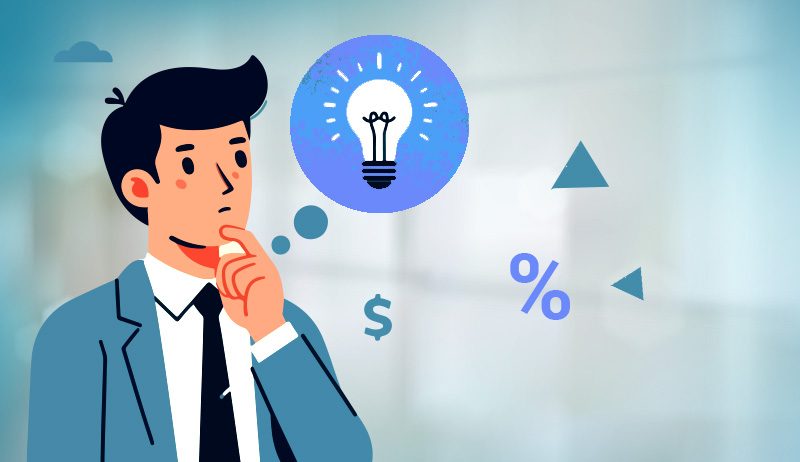
More than 2 million people in Victoria use gas in their homes and businesses, more than any other state or territory.
The gas sector in Victoria is responsible for about 17% of the state’s greenhouse gas emissions, so it needs to help reduce these emissions over time.
Although Victoria produces and exports a lot of gas, moving away from fossil gas is essential for the future of renewable energy. We must balance this with the need for reliable, safe, affordable energy.
Switching to all-electric homes reduces the demand for gas and protects consumers from international gas price increases. I
t also helps Victorians save money. New homeowners can save about $1,000 a year by going all-electric, and those with solar panels can save over $2,200 a year.
Existing homes that switch from gas to electricity and have solar panels can save around $1,700 a year on energy bills, plus an additional $1,000 a year from using a 6.6 kW solar system.
What are the fundamental changes of the Gas Substitution Roadmap, and how do they affect you?
Switching to electric for homes and businesses:
- Starting January 1, 2024, new homes requiring a planning permit must be all-electric.
- Rental homes will have higher minimum energy efficiency standards.
- The VEU program will now include induction cooktops, working with suppliers to quickly bring these products into the program.
- A regulatory impact statement (RIS) will explore options to gradually electrify all new homes and commercial buildings with available electric alternatives.
- The same RIS will examine the costs and benefits of replacing old gas appliances with electric ones in homes and commercial buildings.
- From May 2024, new homes must meet a mandatory 7-star efficiency standard.
- All new government buildings, including schools and hospitals, will be all-electric.
Supporting changes:
- Development of the renewable gas sector in Victoria.
- Ensuring a balanced approach to maintaining enough fossil gas supplies.
- Building industry skills and capacity.
These reforms mean that homes and businesses will move towards using electricity instead of gas, making energy use more efficient and reducing reliance on fossil fuels. This can lead to lower energy bills and a cleaner environment.
What consultation has been done for the Gas Substitution Roadmap?
The Victorian Government is working with various groups in energy, manufacturing, business, building and construction, trades, local government, environmental organizations, and consumer groups to help the gas sector move towards net zero emissions.
So far, they have received feedback in several ways:
- Three hundred submissions in response to the Victorian Gas Substitution Roadmap Consultation Paper.
- About 50 submissions in response to the Renewable Gas Consultation Paper released in October.
- Participation in industry forums.
- Individual meetings with stakeholders.
Developments Affected by the Gas Connection Ban
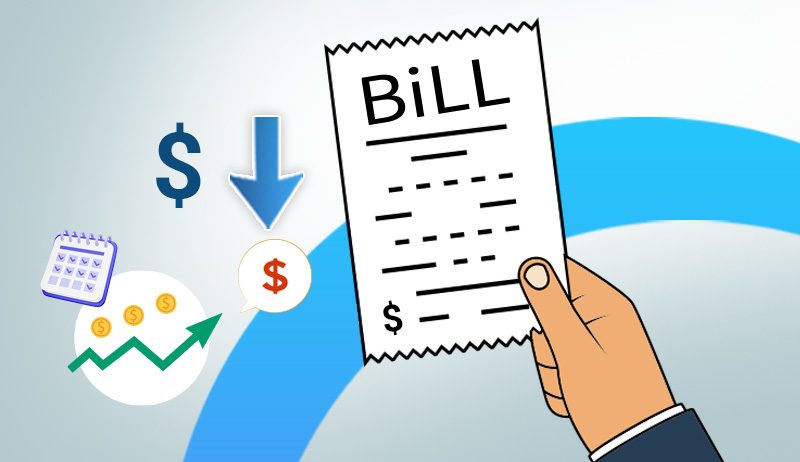
The ban on new gas connections applies to any new planning permit application submitted on or after January 1, 2024. This includes:
- Building a new house
- Developing new apartment buildings
- Creating new residential subdivisions
Effects on new Dwelling:
- A new building or part of a building meant to be used as a home, excluding caretaker’s houses, not including changes or extensions to existing homes.
- A new building or part of a building connected to an existing home is used as a separate home, not using the gross floor area of the existing house.
- A new outbuilding or swimming pool linked to an existing or proposed home, not within the gross floor area of an existing home. It doesn’t include new apartment buildings.
New apartment development:
Developments Not Affected by the Gas Connection Ban
The gas connection ban does not apply to:
- Planning permit applications submitted before January 1, 2024.
- Amend permits if the original application was submitted before January 1, 2024.
Types of Developments Exempted:
- Building a new home, outbuilding (like a garage), or swimming pool that doesn’t need a planning permit.
- Extending or altering an existing home or apartment, including adding new apartments to an existing development.
- Converting an existing outbuilding (like a garage) into a new home.
- Building a second home on a lot, partially or entirely within the gross floor area of the existing house.
- Laying gas infrastructure through easements on lots with existing homes or for new homes.
Heat Pump to Progress Your All Electrification Journey
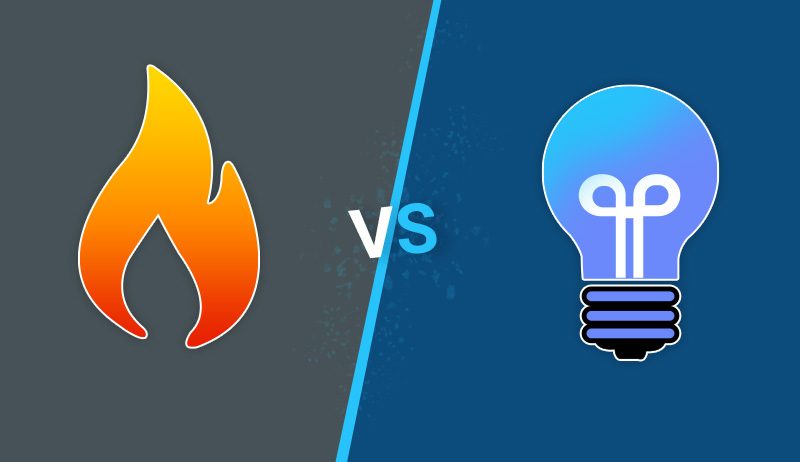
Air-sourced heat pumps can help Victorians avoid using fossil fuel gas by providing an efficient and eco-friendly alternative for heating and cooling.
Here’s how they work and their benefits:
Energy Efficiency:
Reduced Greenhouse Gas Emissions:
Lower Operating Costs:
Versatility:
Improved Indoor Air Quality:
Incentives and Rebates:
Supporting the Grid:
As more homes adopt heat pumps, the demand for gas decreases. This reduces the strain on gas supplies and infrastructure, leading to more stable energy prices and supply.
By adopting air-sourced heat pumps, Victorians can enjoy efficient, cost-effective heating and cooling while reducing their reliance on fossil fuel gas and contributing to a cleaner, greener environment.
Contact Cyanergy to get the best heat pump in your area!

